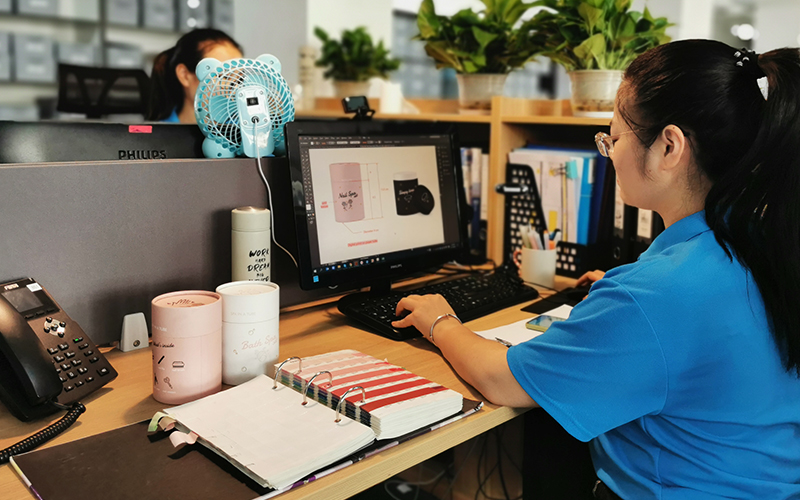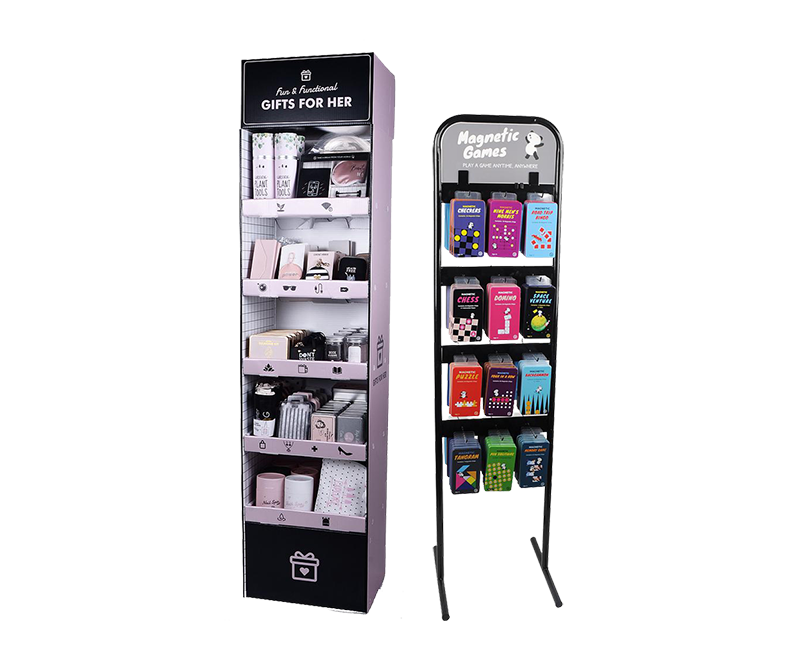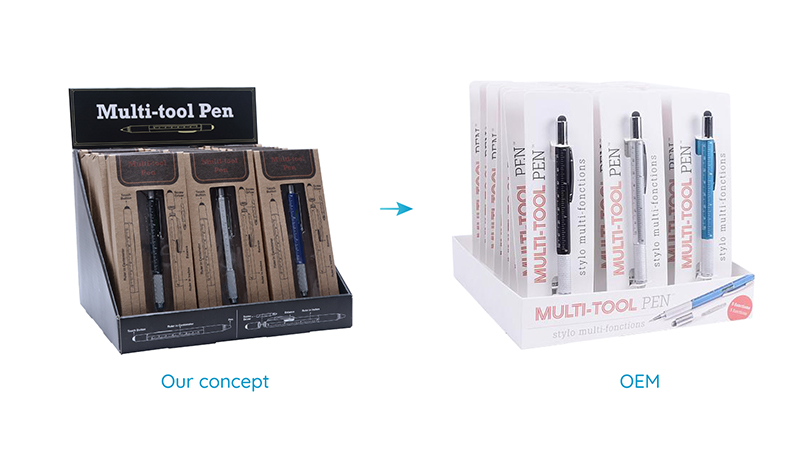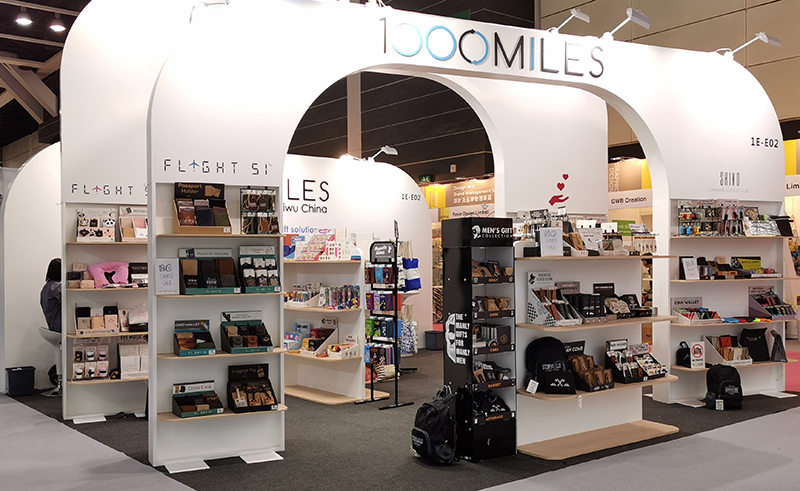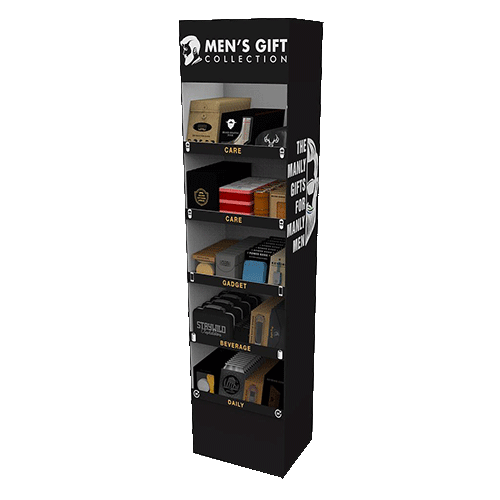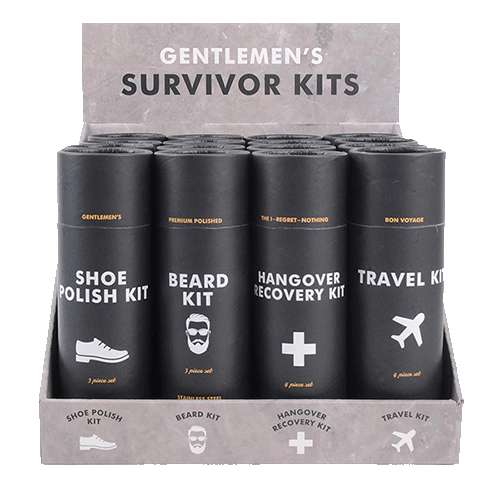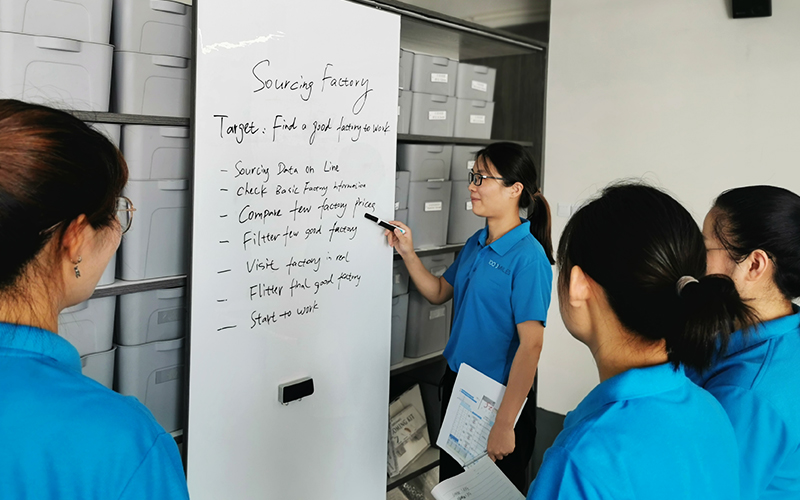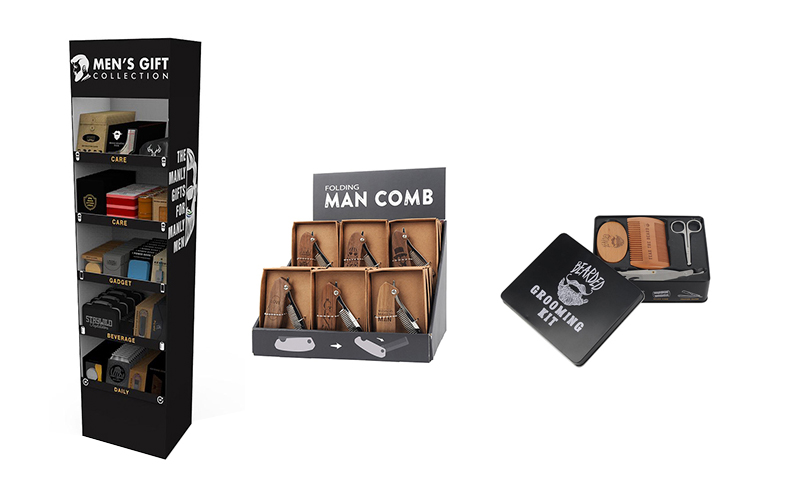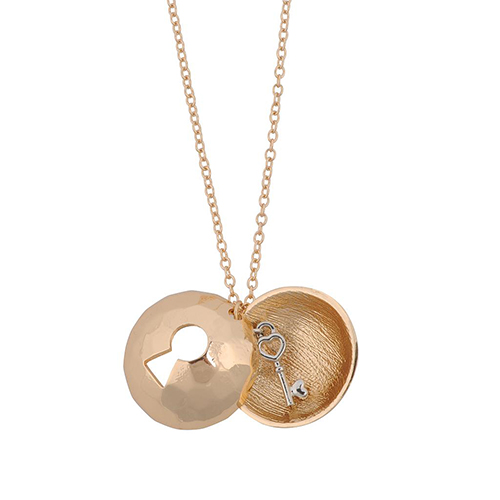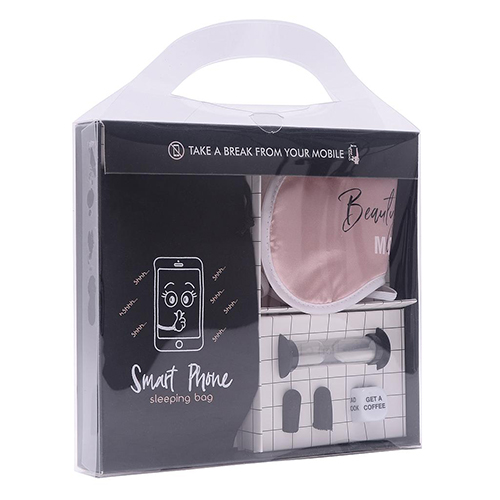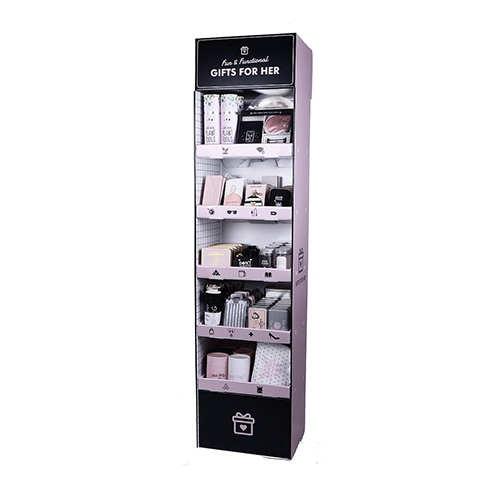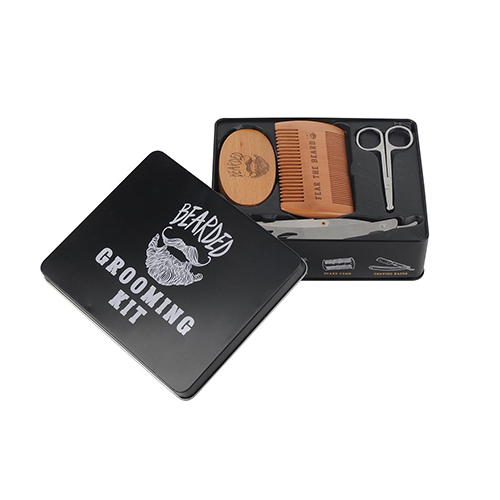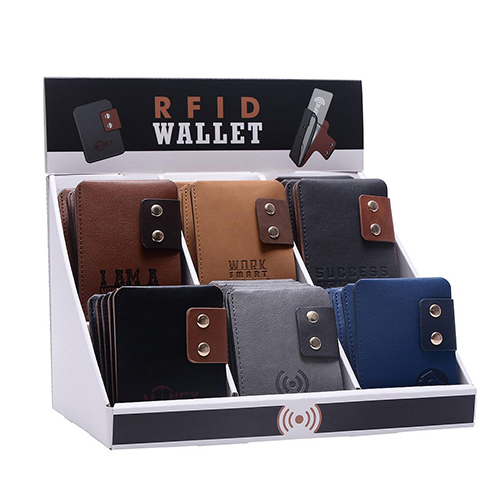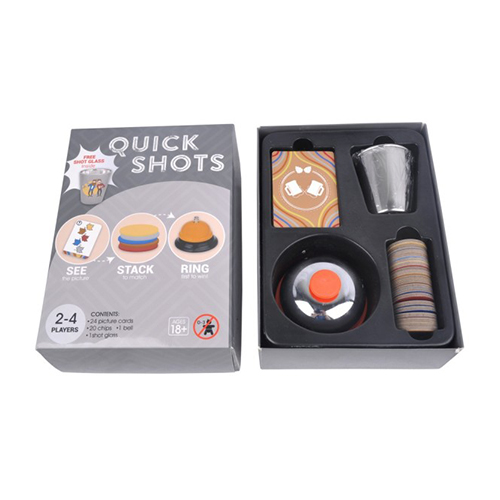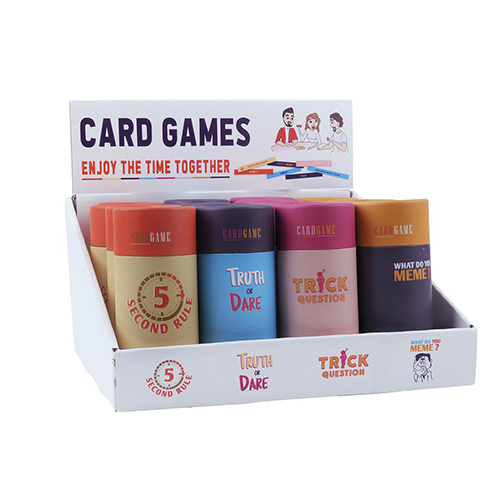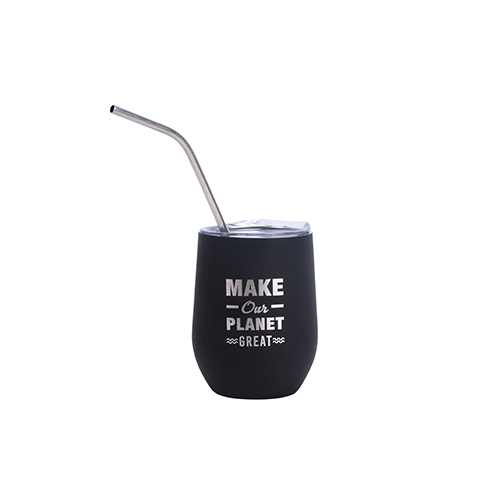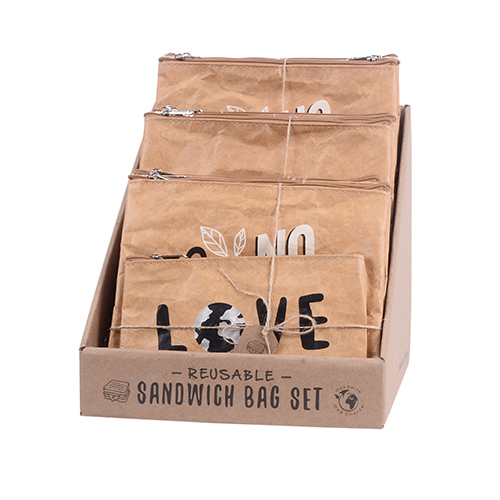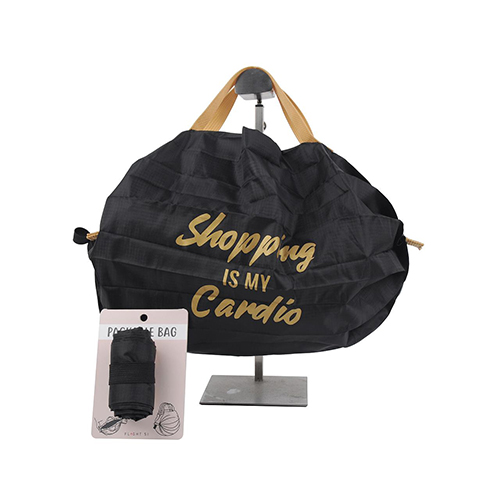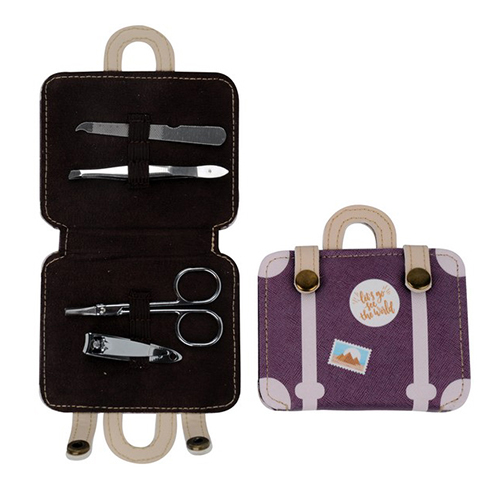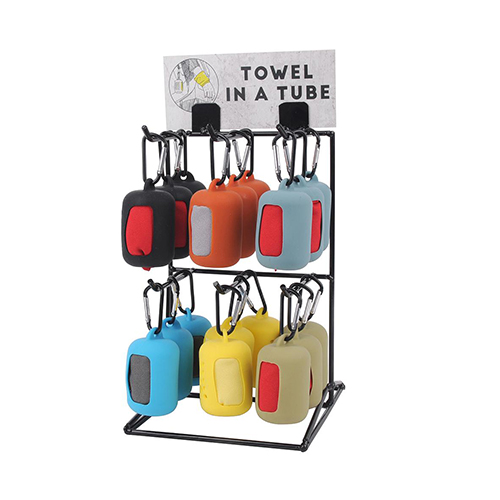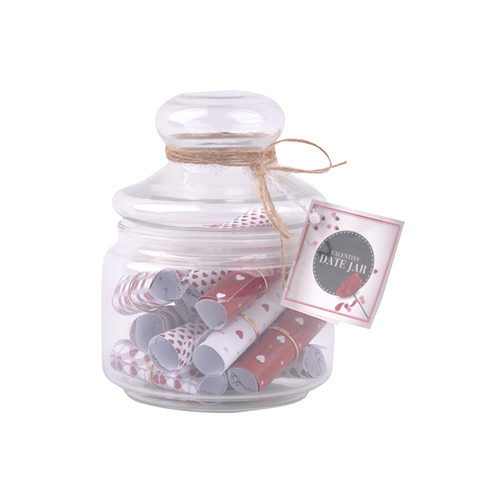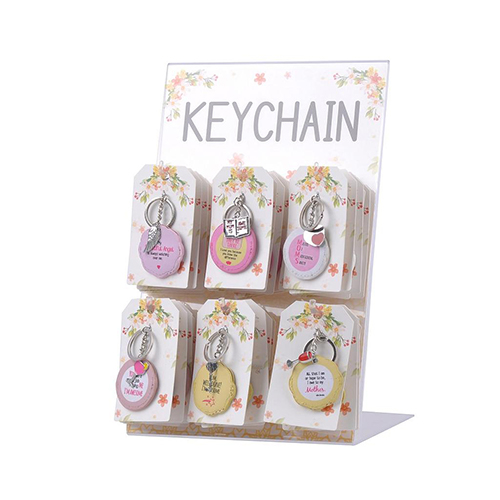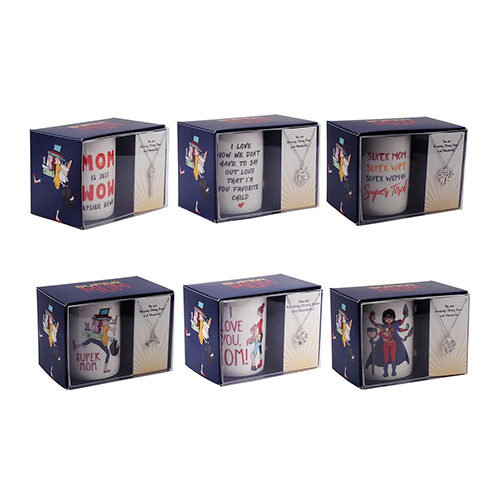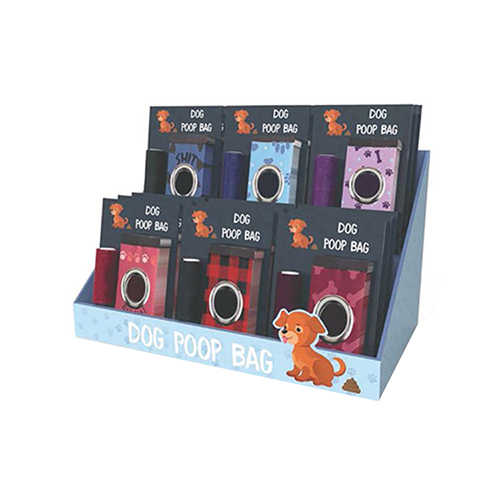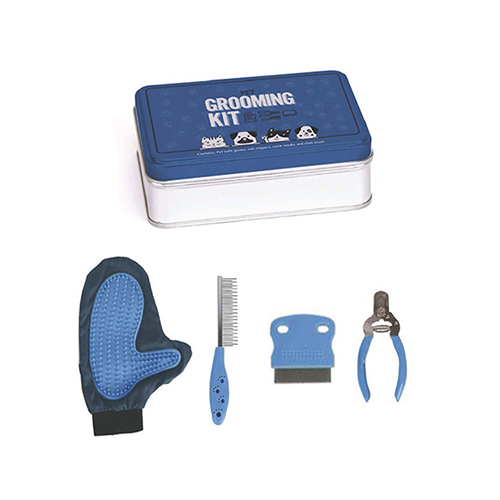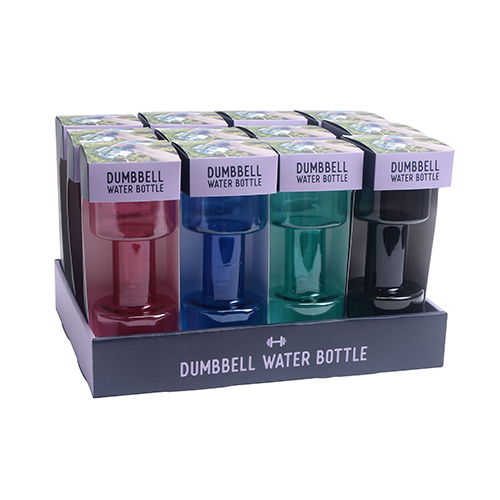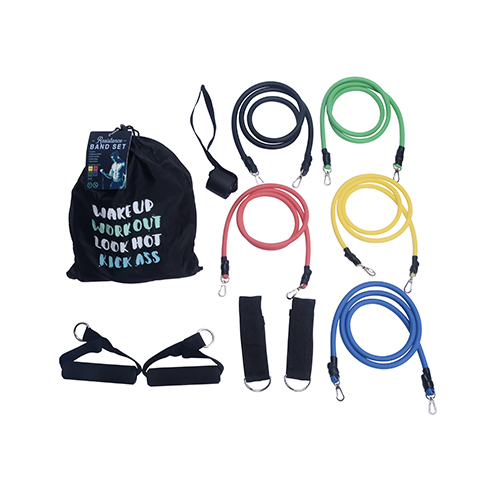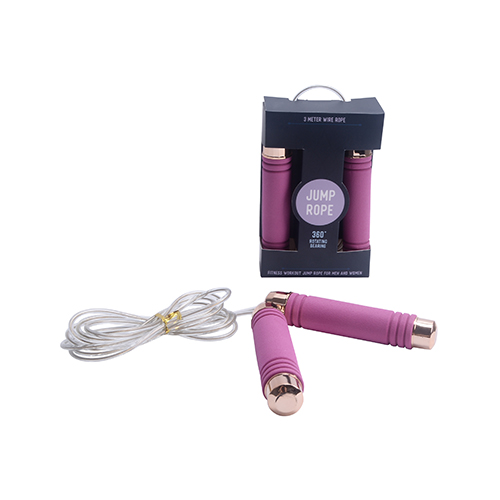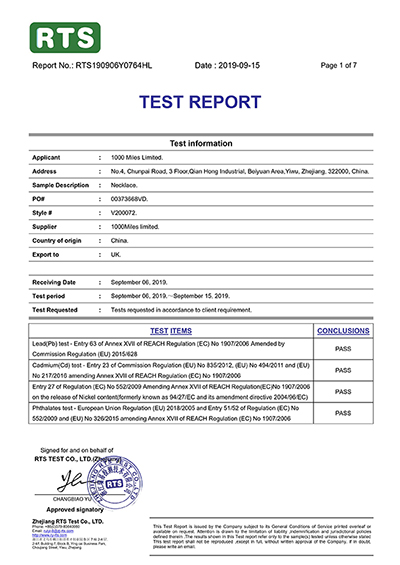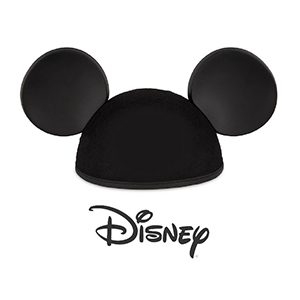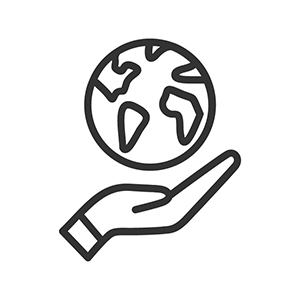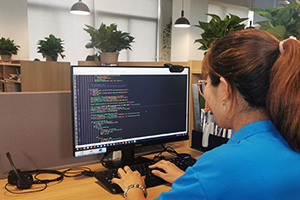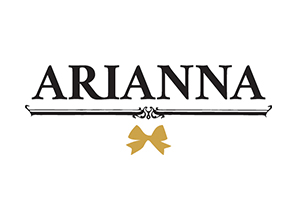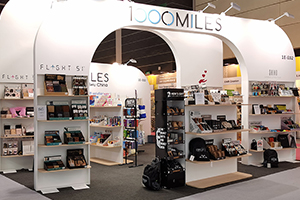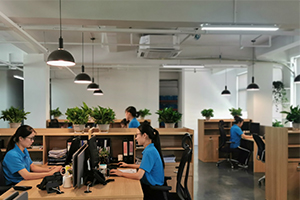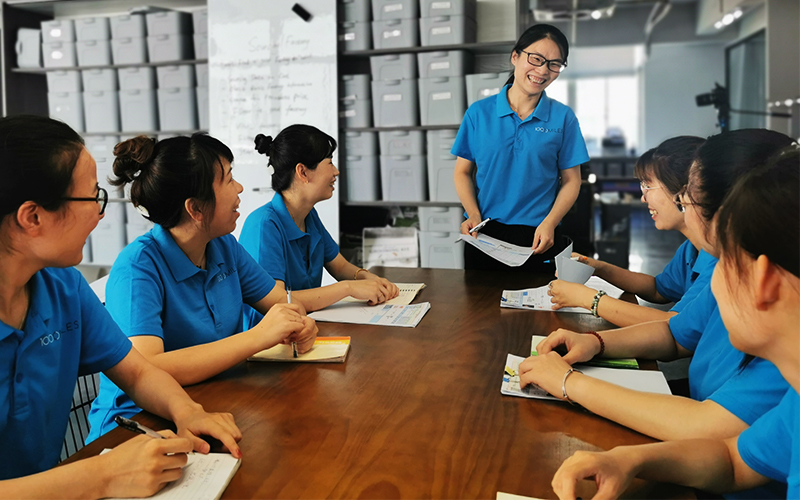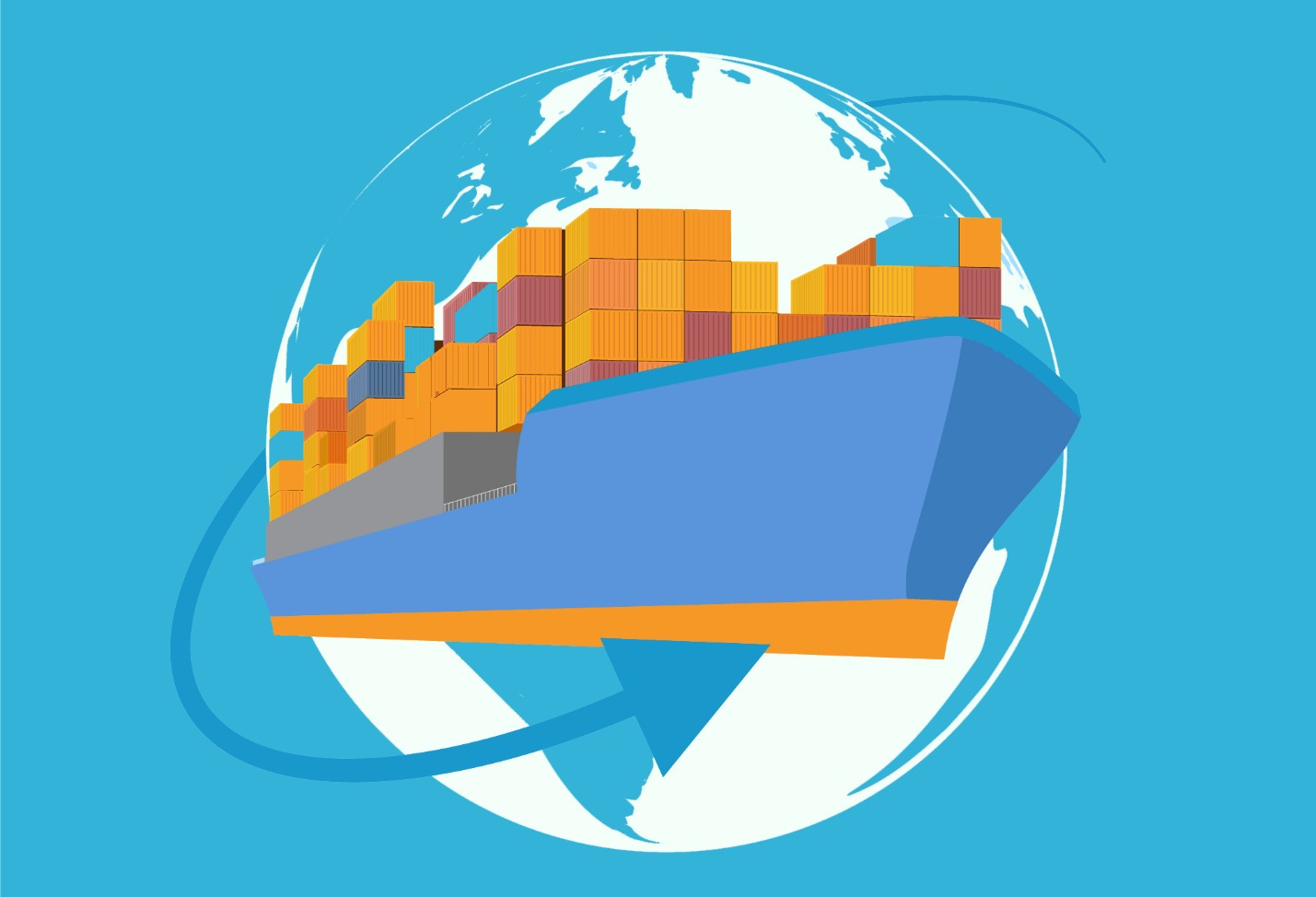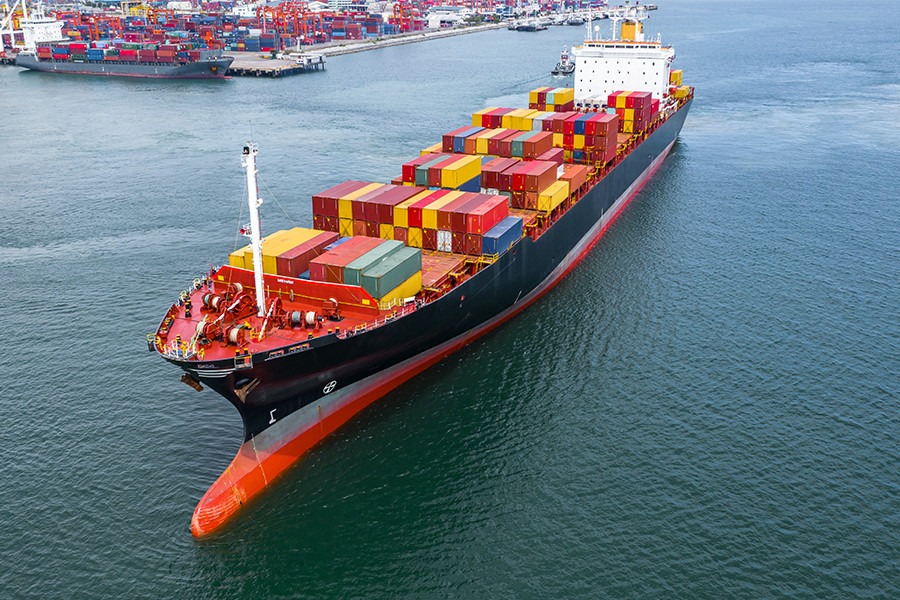


Imagine that you are a retailer in UK and you want to order goods for your shop from a manufacturer based in China.
After a lot of processes, presentations, product samplings, and price negotiations, you finally decide to proceed in importing goods.
What happens next?
The supplier usually gives quotations with terms already indicated on it. Most of the time it’s like this: 30% Deposit, 70% Balance with copy of BL in FOB.
What does this mean and how does it work?
In this article, I will breakdown the terms and explain in details about this process in International Trade.
First what is FOB?
FOB is short for Free on Board. It is an incoterm which states that seller bears all the costs, risks, documentations, and responsibilities up until all the goods are loaded on board the ship. Meaning all the processes starting from the seller’s factory up until the goods are loaded on the ship will be shouldered by the seller. All the remaining cost including payment for the freight, risks, and documentations will be incurred by the buyer up until the goods arrive at the place of destination or the Buyer’s warehouse.
If you want to read more about Incoterms: Click here.
What is a BL?
BL is short for Bill of Lading. Bill of Lading is a legal document which serves as a receipt between the shipper/seller and the carrier. It also serves as a title of ownership of the goods.
This document is used by the buyer to claim the goods at the destination port.
How does this all work?
To better understand, refer to this diagram:
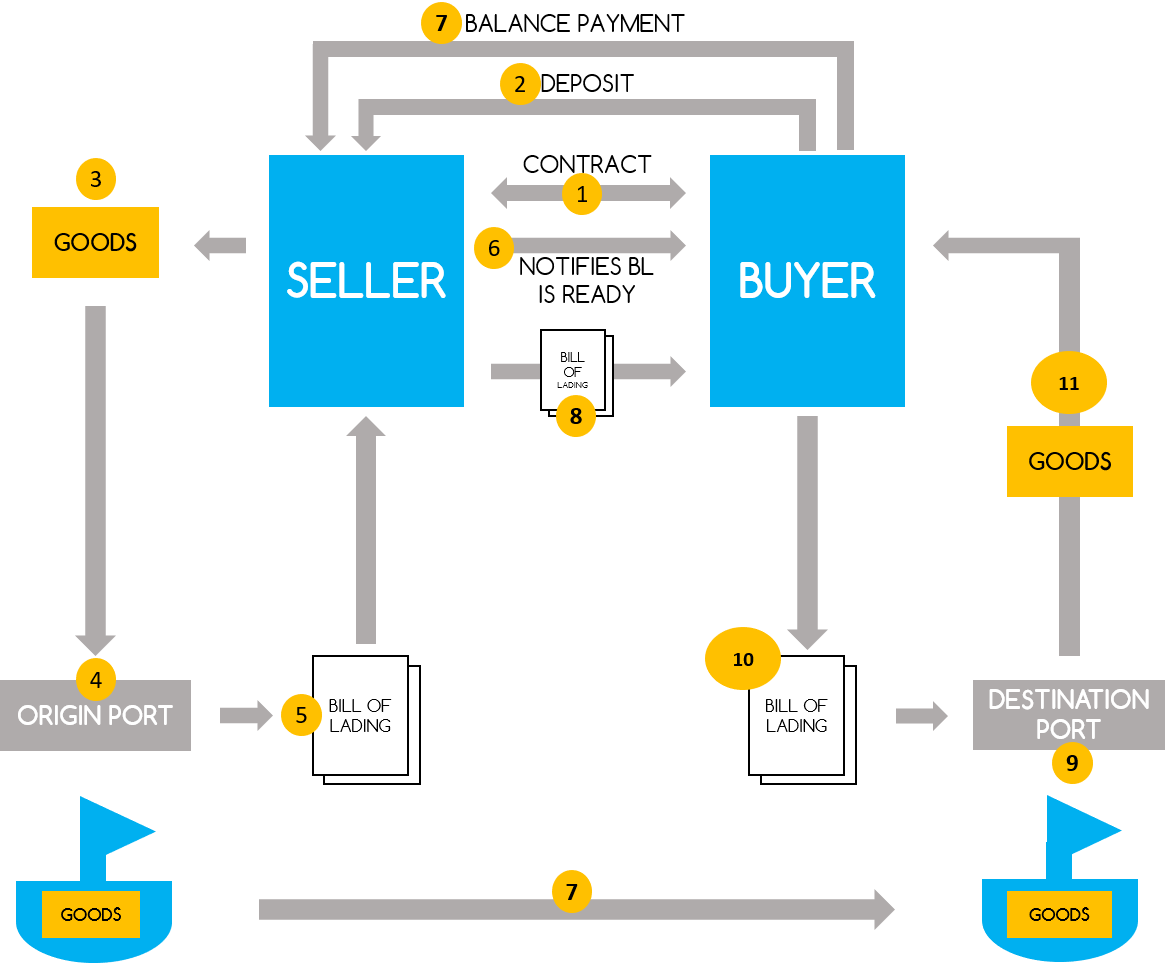
-
After all the negotiation processes and both parties finally agreed to have business, a contract must first be made between the seller and the buyer. Both parties should clear out and agree on terms and conditions of sale.
-
Since in this case the term is 30% Deposit 70% Balance with copy of BL, a deposit must be made by the buyer to the seller after the contract has been signed.
-
After receiving the 30% deposit from buyer, the seller will use the payment to prepare for manufacturing the goods ordered by the buyer.
-
If the goods are all set and ready, the seller will transport it to the origin port. The seller will make necessary documentations to pass clearances until the goods can be taken inside the ship.
-
The carrier (shipping line) will then issue a BL (Bill of Lading) to the seller as a legal document that signifies the goods have been transferred to the carrier and is already taken inside the ship. Typically, three originals and three copies of BL are issued.
-
The seller must notify the buyer that the goods have been taken inside the ship and the Bill of Lading is ready. This is where the term 70% with copy of BL come in. When the BL is ready, the buyer can pay for the 70% balance.
-
Balance payment of 70% will then be paid by the buyer after the seller’s notification. At the same time, the ship with the goods starts to travel from origin port going to the destination port.
-
After receipt of the balance payment, the seller then sends the original copy of the Bill of Lading to the buyer via courier such as FedEx or DHL. In some cases, a telex release or a digital copy of BL is sent to the buyer instead of the original copy. This document will be used by the buyer to claim the goods at the port.
-
The ship containing the goods arrives at the destination port.
-
Now the buyer should be on the destination port as the ship arrives to claim the goods. To be able to claim it, the buyer must present the original copy of the BL to the discharge point. The in-charge will inspect the genuineness of the document before they can release the goods.
-
After presenting the BL, complying with documentations and inspections needed to take the goods, the buyer can finally carry the goods going to its place/warehouse.
These are just some of the commonly used terms and process when trading internationally. It is important to know and understand how all these things work. By recognizing and being familiar with these, it will give you advantage and lessen the risks associated and be able to communicate properly with your suppliers.


